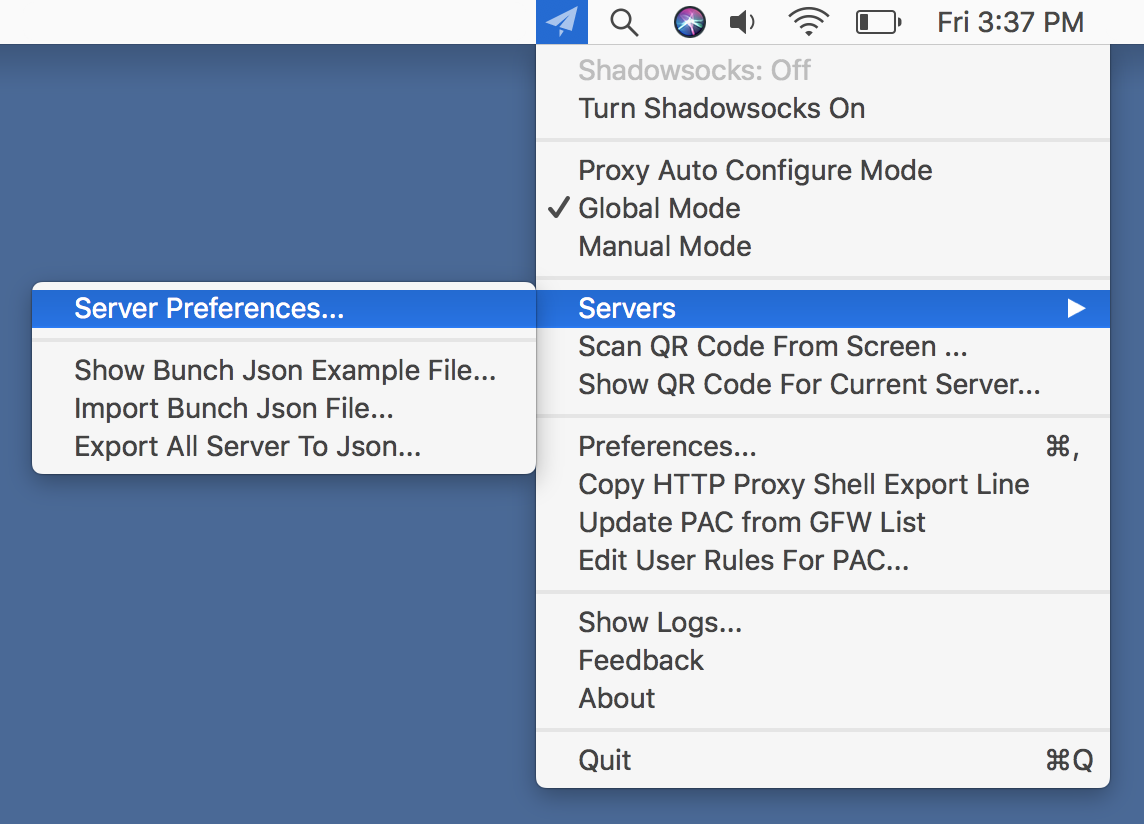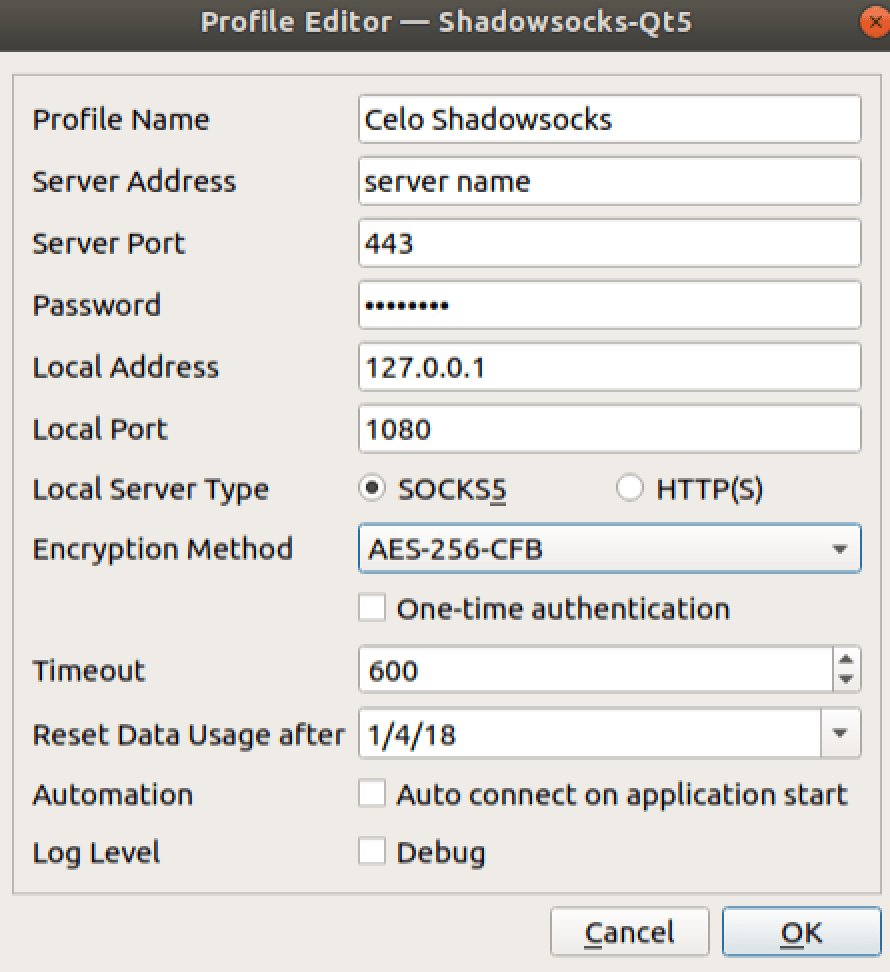
In our obfuscation speed tests, we found that every VPN’s speed is affected differently by obfuscation technology. Obfuscated servers apply extra layers of encryption and code, which can slow down your internet connection. If so, they would be able to see what you’re doing online, including whether you are torrenting or streaming.ĭepending on the country you’re based in and the laws that apply, your ISP might be selling this data to third-party advertisers or reporting your activity to the authorities and other government agencies. Your ISP might use DPI to inspect the data packets on their network. They make it more difficult for your ISP or national government to detect your VPN connection. Obfuscated servers are specialized servers that camouflage your VPN connection. Instead, it only detected a TCP connection. With obfsproxy obfuscation enabled, Wireshark was unable to pick up on the VPN protocol that was being used.
Shadowsocks protocol software#
Without obfuscation, the packet inspection software was able to detect both WireGuard and OpenVPN protocols – exposing our connection to a VPN service. With obfsproxy enabled, Wireshark was unable to detect an OpenVPN connection. Here’s a screenshot of our VPN traffic without obfuscated servers, protocols, or proxies: To illustrate this, we used deep packet inspection software called WireShark to examine our VPN traffic with obfuscation enabled and disabled. If you’re in an environment with strict online restrictions, such as the UAE or Turkey, this will let you access the internet and unblock restricted websites without your ISP or government being alerted to your web activity. Deep packet inspection can no longer tell that you’re using a VPN and you have access to the unfiltered internet. When obfuscation is implemented, the VPN signature and other signs of a VPN connection disappear. As a result, your ISP won’t be able to detect you’re using a VPN and will let you pass a strict VPN block. When you connect to a VPN using obfuscated servers or protocols, it will change the way your data packets look. Your traffic might have recognizable encryption patterns, or it might be using well-known VPN service ports that give it away. However, it can see that you are using a VPN from the way your data looks. When you connect to a normal VPN server, your ISP can’t see what you’re doing online because a secure and encrypted tunnel is created. The most common obfuscation techniques include Shadowsocks proxies, OpenVPN over TLS, SSTP, and OpenVPN Scramble. There are several different methods to bypass VPN blocks, some of which are more effective than others. Importantly, not all obfuscation tools work in the same way. Obfuscation can require complicated configuration and resources, which means it’s only offered by some VPN services. This allows you to get past a VPN blocker and connect to a VPN, even in countries with highly restricted internet. If you have any further questions, the Surfshark customer success team is here to help you 24/7 over live chat or email.VPN obfuscation refers to a set of advanced features that disguise your VPN traffic as normal HTTPS, UDP, or TCP web traffic.

We are even sure you will have a better connection using different protocols. If you have been using Shadowsocks, we can only apologize and recommend using other protocols we have to offer.



 0 kommentar(er)
0 kommentar(er)
